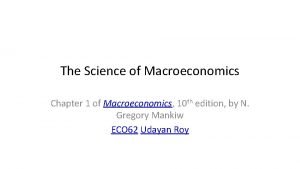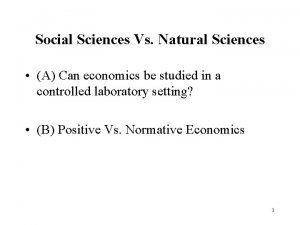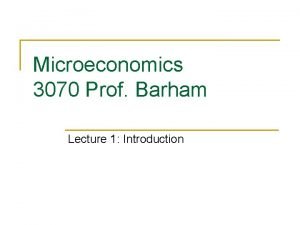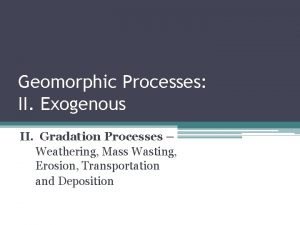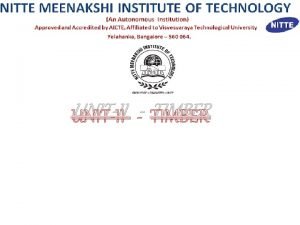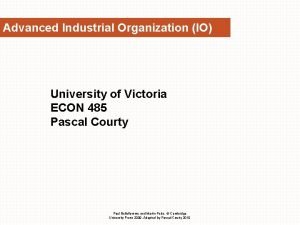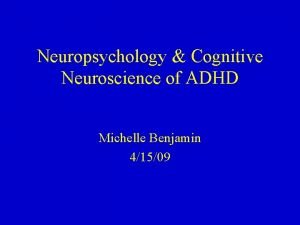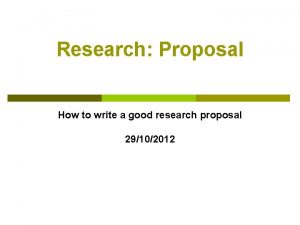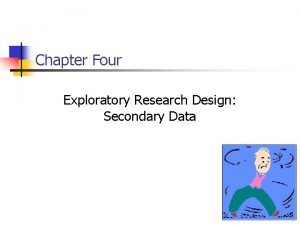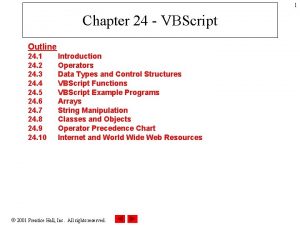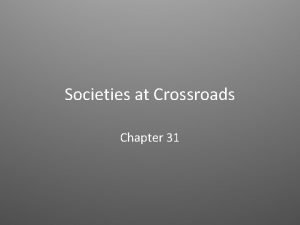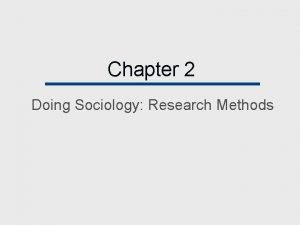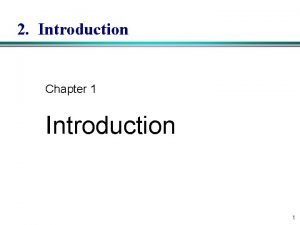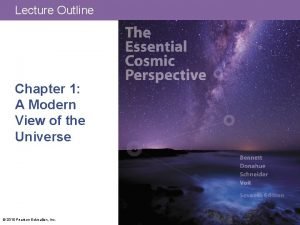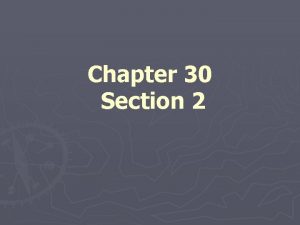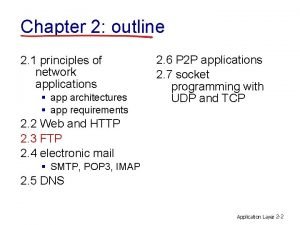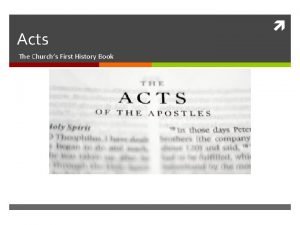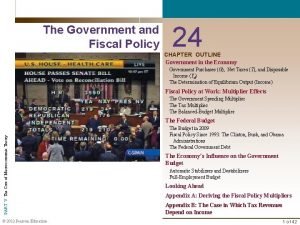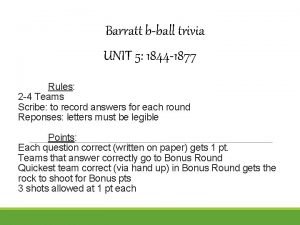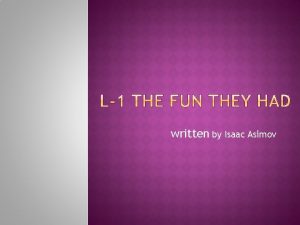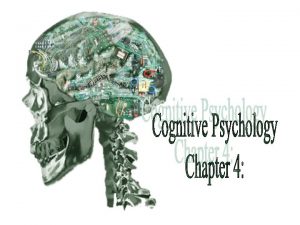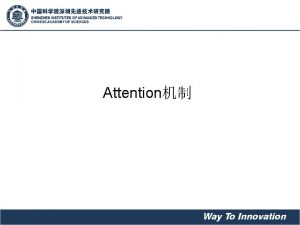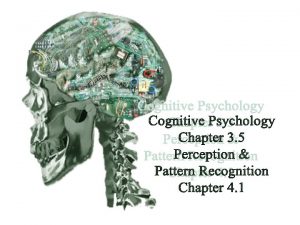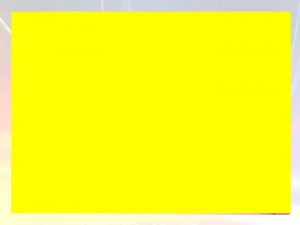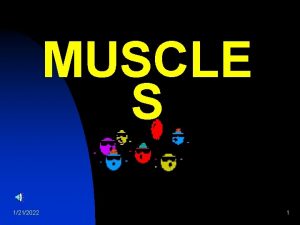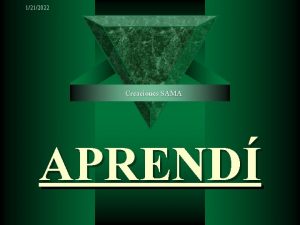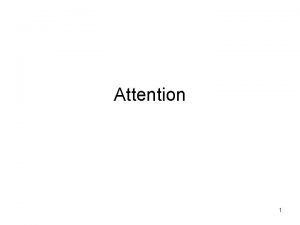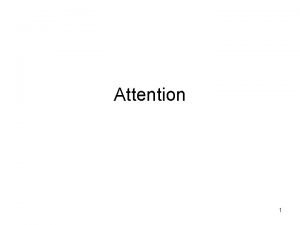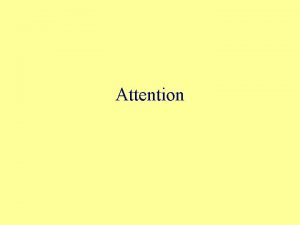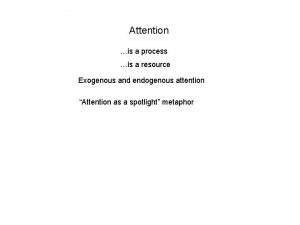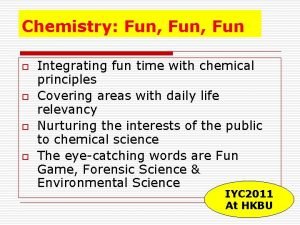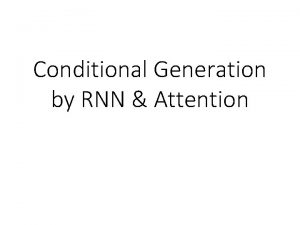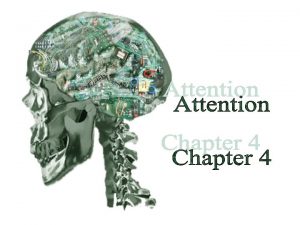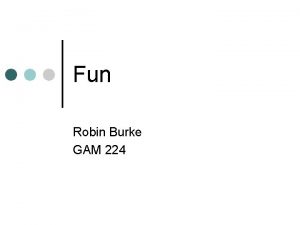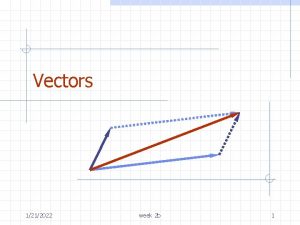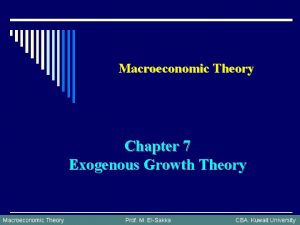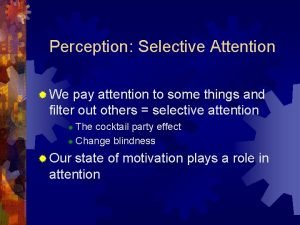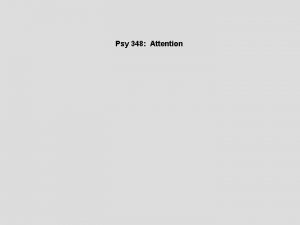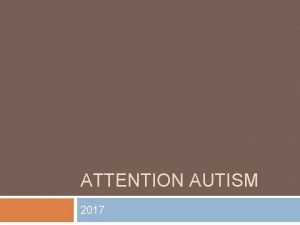1212022 Outline Chapter 4 Attention Fun with exogenous




























- Slides: 28


1/21/2022 Outline • Chapter 4: Attention (Fun with exogenous orienting) » Quiz 1 » Orienting visual attention ◊ The spotlight metaphor ◊ Visual search ◊ Attentional blink » Filtering and Selection ◊ Bottleneck theories – Early and late selection Study Question. • Compare and contrast endogenous and exogenous orienting.

Quiz 1 Mean = 66%, s = 13. 3 Question A B 1 4 3 2 7 1 3 15 26 4 6 11 5 0 3 6 9 13 7 0 4 8 3 35 9 2 2 10 0 37 11 15 27 12 6 6 13 2 7 14 24 12 15 2 3 16 4 3 C 27 6 0 12 19 14 0 2 4 7 2 28 20 4 4 1 D 11 31 4 16 23 9 41 5 37 1 1 5 16 5 36 37 Answer C D B D D A D B B C D A D D

Quiz 1 Question 17 18 19 20 21 22 23 24 25 26 27 28 29 30 A 31 4 2 6 28 28 1 10 14 1 20 7 33 1 B 8 30 4 5 17 11 0 34 9 4 8 5 1 8 C 6 6 32 27 0 1 37 0 17 10 16 29 10 5 D 0 5 7 7 0 5 7 1 5 30 1 4 1 31 Answer A B C C A A C B A D A C A A

Quiz 1 • Jeopardy style 1. 2. 3. 4. 5. 6. 7. 8. 9. 10. 11. 12. 13. 14. 15. Behaviourism Introspection Sentence verification task Independent variable Cerebral Cortex Laterality Resource driven processing Data driven processing Hippocampus Lexical decision Feature theory Geons Visual Persistence Pandemonium Prosopagnosia

Attention • Orienting » The orienting reflex or response ◊ The what and where pathways WHERE WHAT

Attention • Orienting » The orienting reflex or response ◊ Covert and Overt orienting – Overt orienting - directing one’s heads and eyes towards a stimulus – Covert orienting - directing attention, without shifting the head or eyes towards a stimulus

Attention • Orienting » The spotlight model “Attention is a like a spotlight that enhances the efficiency of detection of events within its beam”. Posner et al. (1980)

Attention • Orienting » The spotlight model ◊ Spatial structure – Spatially restricted – Eriksen’s zoom lens metaphor – Unitary (Mc. Cormick & Klein, 1990; Mc. Cormick et al. 1998) ◊ Orienting mechanisms – Selection for spatial locations can be allocated willingly or automatically – Endogenous and exogenous orienting Endogenous orienting: Effortful, controlled, resource driven. e. g. , an arrow cue Exogenous orienting: Effortless, automatic, data driven e. g. , a bright flash

Attention • Orienting » The spotlight model ◊ Four modes of orienting Exogenous Overt Endogenous + Gaze Shift Covert Attention Shift Bottom-up Reflexive Top-down Voluntary

Attention • Orienting » The spotlight model ◊ Posner’s cuing procedure: Endogenous orienting Valid (80%) Invalid (20 %) + Neutral + --> + <-- --> X <-> <-- X <-> X

Attention • Orienting » The spotlight model ◊ Posner’s cuing procedure: Exogenous orienting Valid (50%) Invalid (50 %) Neutral + + | + | X + | + X

Attention • Orienting » The spotlight model ◊ Posner’s cuing procedure RT (ms) 450 400 350 300 Valid Neutral Condition Invalid

Attention • Orienting » The spotlight model ◊ The cost of misdirecting attention – Three-part process: Disengage Move attention Engage

Attention • Orienting » The spotlight model ◊ Inhibition of return - a characteristic of exogenous orienting where attention is disinclined to return to a previously attended location.

Attention • Orienting » The spotlight model ◊ The spotlight and visual search – Disjunction search » Search for a simple feature » Either S or blue letter – Conjunction search » Search for a combination of features » T and green (T)

Attention • Orienting » The spotlight model ◊ The spotlight and visual search – IOR facilitates search by discouraging reinspection

Attention • Orienting » Orienting attention in time. ◊ The attentional blink phenom W G A V 8 D C N H F B K 3 T

Attention • Orienting » Orienting attention in time. ◊ The attentional blink phenom N X A B R T 6 D W G C F 4 S

Attention • Orienting » Orienting attention in time. ◊ The attentional blink phenom – Rapid Serial Visual Presentation (RSVP) – Second target performance as a function of ‘lag’

Attention • Filtering and selecting » Selective versus divided attention ◊ Dual message vs. dual task Work Dieting Romantic movies Literature Opera Ballet » Shadowing experiments Doughnuts TV Pork rinds Football Cheap meat Beer Doughnuts , TV, Pork rinds, Football, Cheap meat, Beer. . .

Attention • Filtering and selecting » The bottleneck metaphor » Cherry (1953): What do we perceive in the ignored ear? ◊ Physical characteristics, but not meaning ◊ What happens to the unattended message? S Sensory Memory F I L Pattern T Recognition E R S E L E C T I O N Shortterm Memory Longterm Memory R

Attention • Filtering and selecting » Broadbent’s all-or-nothing filter 1 7 4 6 8 3

Attention • Filtering and selecting » Problems with the all-or-nothing filter ◊ Moray’s Experiment Table Horse Chair Desk Paper House Table, horse, chair, Homer, doohh!. Tree Rock Homer Barn Street

Attention • Filtering and selecting » Treisman’s Experiment Hand me that big jumping in the street I saw the girl song was wishing I saw the girl jumping in. . . Dooohhh! was wishing

Attention • Filtering and selecting » Treisman’s Attenuation Model

Attention • Filtering and selecting » Late Selection Theory » The Deustch - Norman model ◊ All inputs are recognized ◊ Inputs are forgotten easily unless attended ◊ The bottleneck occurs in STM ◊ Two determinants of selection – Strength of input – importance (i. e. , pertinence) » Item with the highest combination of both gets activated

Attention • Filtering and selecting » The Deustch - Norman model
 Endogenous variables
Endogenous variables Exogenous variables and endogenous variables
Exogenous variables and endogenous variables Exogenous variables examples
Exogenous variables examples Geomorphic processes
Geomorphic processes Timber seasoning
Timber seasoning Advanced industrial economics
Advanced industrial economics Infection or disease that originates within the body
Infection or disease that originates within the body Alternating attention vs divided attention
Alternating attention vs divided attention How to write a quote sandwich
How to write a quote sandwich Discouraging criminal acts by threatening punishment.
Discouraging criminal acts by threatening punishment. Romans outline by chapter
Romans outline by chapter Components of good research proposal
Components of good research proposal Chapter 27 give me liberty notes
Chapter 27 give me liberty notes Methodology chapter outline
Methodology chapter outline Chapter 38 a world without borders outline
Chapter 38 a world without borders outline 24 chapter outline
24 chapter outline Hunger games chapter 14 questions and answers
Hunger games chapter 14 questions and answers Chapter 31 societies at crossroads outline
Chapter 31 societies at crossroads outline General hero
General hero Advantages and disadvantages of observation method
Advantages and disadvantages of observation method Chapter 1 outline
Chapter 1 outline Chapter 1 outline
Chapter 1 outline Chapter 30
Chapter 30 Chapter 2 outline
Chapter 2 outline Acts 9 outline
Acts 9 outline Government spending multiplier
Government spending multiplier 24 chapter outline
24 chapter outline Forty niners apush
Forty niners apush Character traits of margie in the fun they had
Character traits of margie in the fun they had
